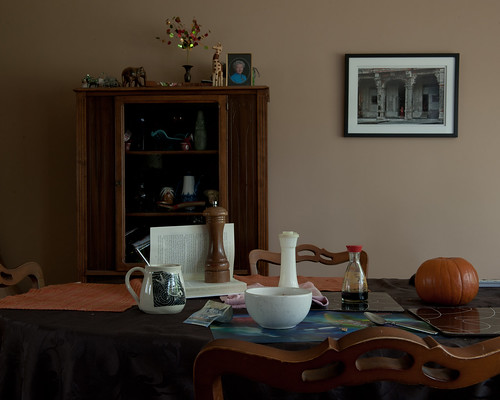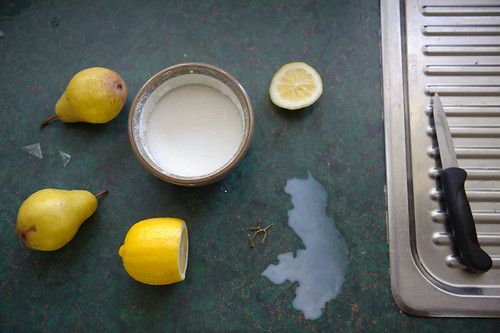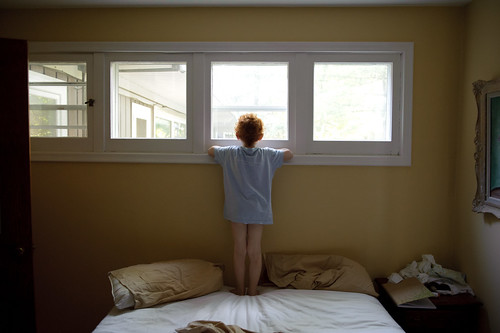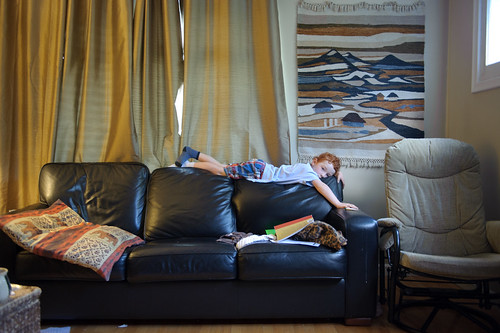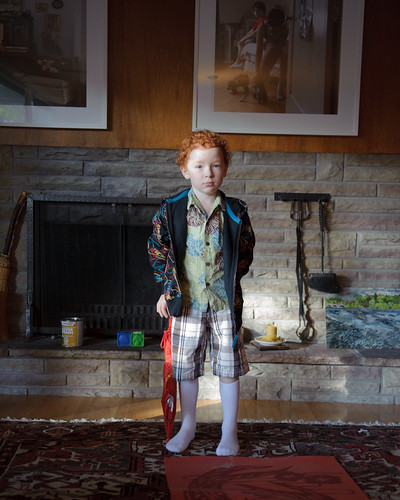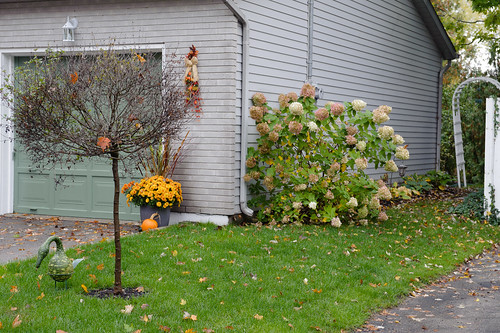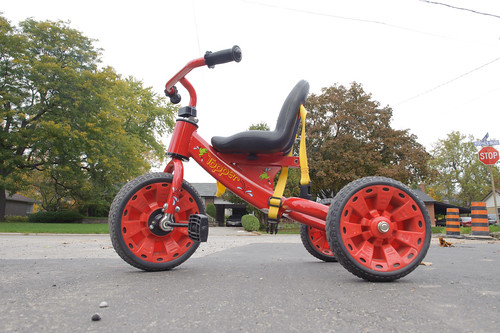Monthly Archives: October 2011
wish list
My family celebrates Christmas, but for years now we don’t buy gifts for the adults. Instead, we donate to charities and give presents to the children. So far I love it. But over the last year or two I’ve become quite a collector of photobooks. Where once I was content to look at work online, now I want to study it in print; I want to own it and look at it while I sit on a comfortable chair in the sun and be able to show it to others. So I’ve developed quite a wish list of titles. So if anyone wants to get me a very special gift (my birthday is on Boxing Day!), feel free to choose from the following list, in no particular order:
Timothy Archibald, Echolilia.
Katharina Bosse, A Portrait of the Artist as a Young Mother, which you can order directly from the artist it looks like.
Philip Lorca diCorcia, A Storybook Life.
Ian van Coller, Interior Relations.
Viviane Sassen, Flamboya. (I did get a notification from the publisher that they were reprinting it, but for the life of me I cannot find a buy button on the book’s page. What’s up with that?)
What if your baby’s sleep at 10 weeks is as good as it gets?
(My good sleeper has officially left the building, leaving me grumpy as all get out and overwhelmed to boot. In his defence i think he has a teensy cold, but still, it’s been more than two months now of lousy sleep…)
So, in lieu of coherently articulated thoughts, I give you some recent photos.
(Sympathies welcome)
tricycle
Alec Soth has a new flickr challenge, in honour of his From Here to There exhibition now in Syracuse, New York. Syracuse is considerably closer to me than Minnesota, but when you add a screaming baby into the car, suddenly the car ride is an eternity. (This weekend we discovered the baby has not outgrown his misery in cars after all, and our hearts and ears are still recovering from two-hour drive.) Anyways, the new flickr challenge: recreating an iconic photograph. He launched the challenge shortly after this story in the New York Times and also this blog post. This is a perfect time for me to do this kind of a challenge. I’m not quite able to dig into a full project, but I’m keen to make pictures.
So early Friday morning I decided to try to recreate William Eggleston’s tricycle picture. My neighbourhood is the exact same vintage as the one in the photo, and there are still lots of houses with carports. What could be easier, right? I just have to plunk a tricycle in front of a house with a carport and Bob’s yer uncle. As it happens, not so much.
On the way to take my older son to school, we passed a house whose driveway might work well. And there was even a blue trike tucked into a box or something. But I had only just met the owner of the house and I was shy about just knocking on her door. I had thought I knew the houses I wanted to use, but this one could be another option.
Then I started to wonder about what the right time of day might be. So I came home to study the light in the photograph. There isn’t much in the way of shadows and the sky is so white, I was a bit confused. It seems too bright to be an overcast day, don’t you think? Today was mostly sunny here, but there were light clouds in the sky that sometimes passed over the sun that took away the shadows and made the light more diffuse. I had tried last night as the sun went down but it was too dark I’m pretty sure. So here’s today’s effort.
I’m not very happy with it but that’s partly because of the proportions of my trike and the solidity of its tires and partly the huge leafy trees. I see now, though, that I was too far from the houses. I probably needed to stand right in the middle of the street instead of the less busy spot I chose. But still… not bad.
This exercise has given me SO much more respect for Eggleston’s photo. For one thing, I’m quite certain he had to have the camera on the ground. I did, and the pavement killed my knees. I even cheated and used my live view mode (which I KNOW Eggleston didn’t have) so I didn’t have to put my chin on the ground. With my five-year-old on the corner holding the baby’s stroller and calling out every time a car came towards me, that would have been just too much. So how the hell did he compose the image so carefully? Before I went out and shot I tried to mark in my mind the geometric details of the composition. The roofline does not go along the third line, as you might expect – it’s somewhere between a third and a half. There are two windows to the right of the trike and two windows to the left. The car in the carport sits neatly in the space underneath the trike, and there’s just a hint of a bumper on the right edge of the frame. Just now I notice that the angle of the carport’s roof echoes the angle of the seat bar. There’s a wee patch of dried grass between the sidewalk the trike is on and the road, and the trees way behind the houses have no leaves.
Having tried to remake the photo, I find the original more beautiful than I ever did before. I mean, did he put his chin on the ground to look through the viewfinder or did he shoot it blindly? Of course, I expect he shot from the grass on the other side of the sidewalk, so perhaps his experience wasn’t so painful as mine. My appreciation for the photo grew especially knowing that Eggleston only takes one shot of each scene that strikes him. In Image Makers Image Takers he said, “A long time ago, I would have taken several shots of the same thing, but I realized that I could never decide which one was the best. I thought I was wasting a lot of time looking at these damn near identical pictures. I wanted to discipline myself to take only one picture of something, and if it didn’t work out, that’s just too bad. But it’s pretty much always worked.”
I’ll say. When I looked up the quote in the book before I started writing, I was pretty chuffed to read this as well: “If anything I would probably like the viewer to study the entire picture and everything that’s in it, where it’s placed, the composition. I would also hope that the image would register in the viewer’s mind after seeing it in print. It’s not even so much about remembering the image but seeing it.”
I may try again with this picture, but I’ll probably wait until after the leaves have fallen.






